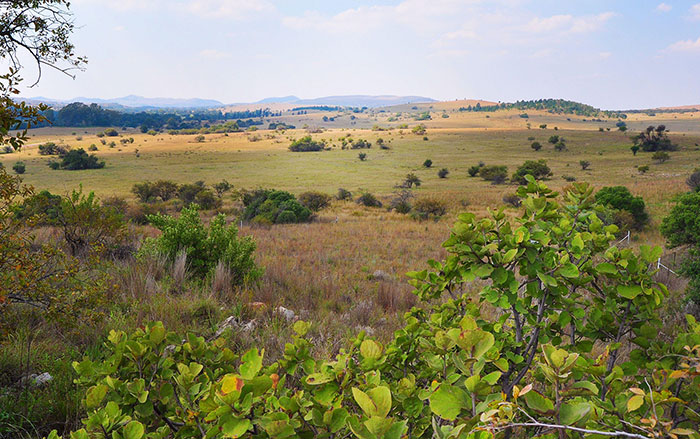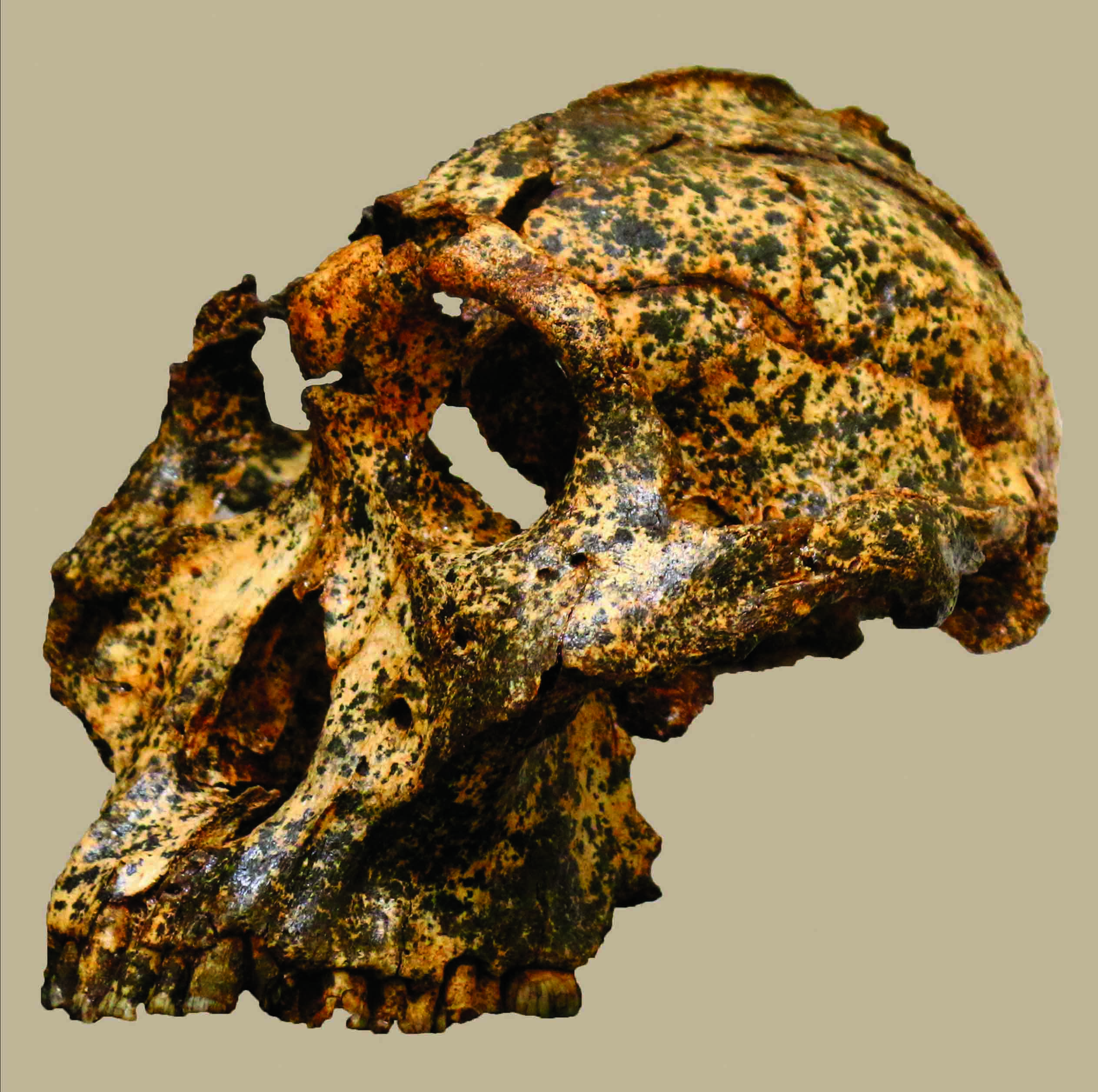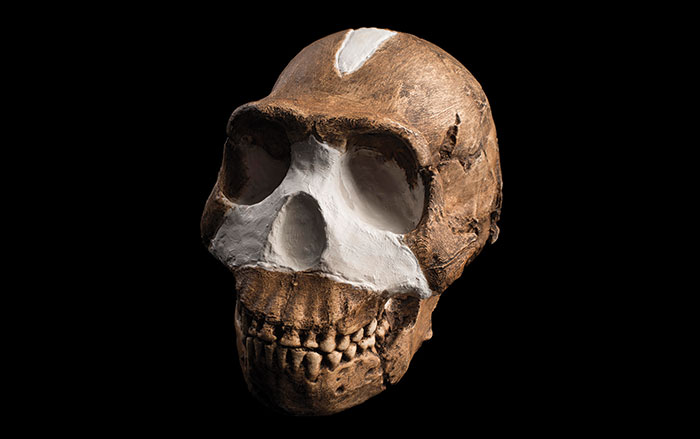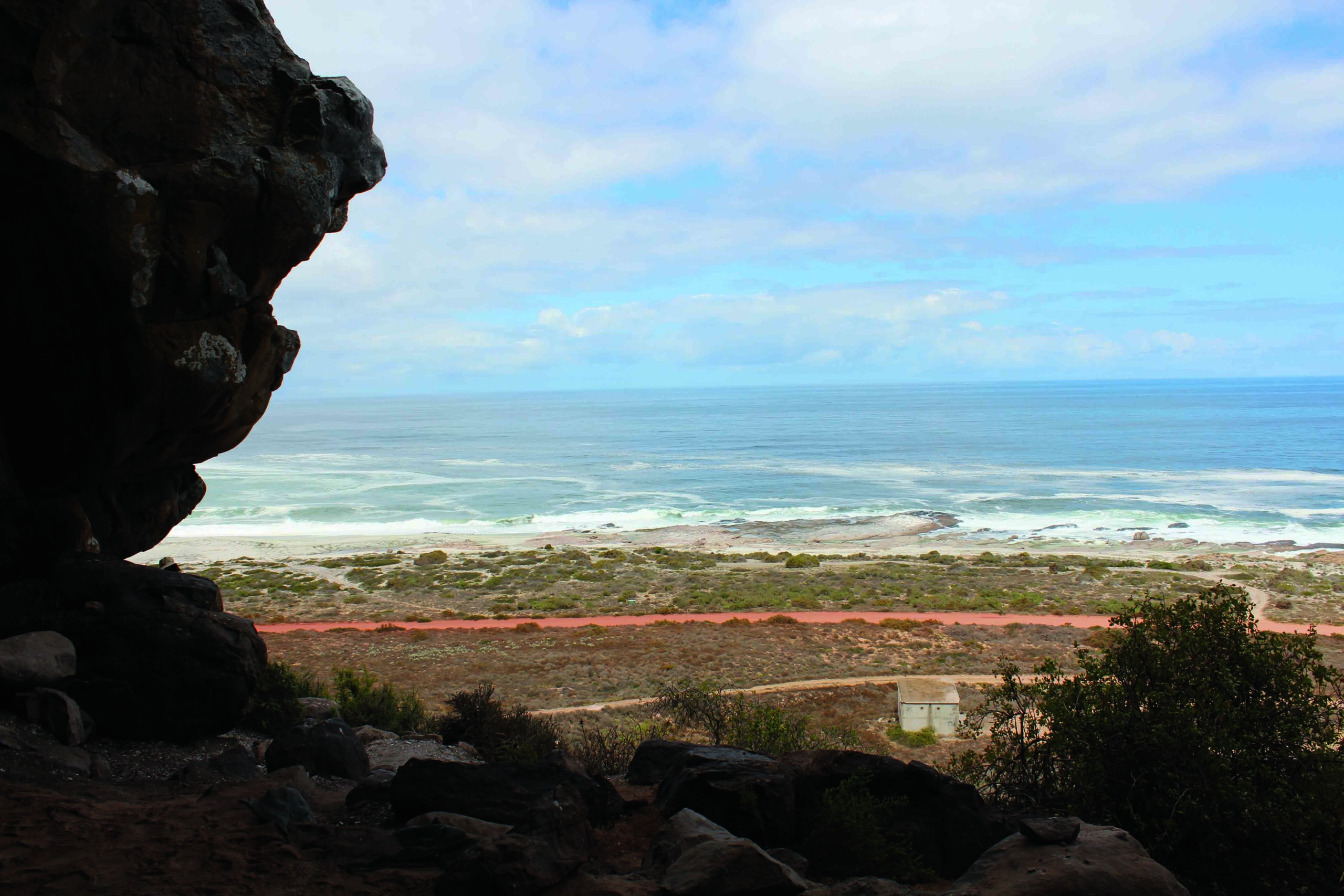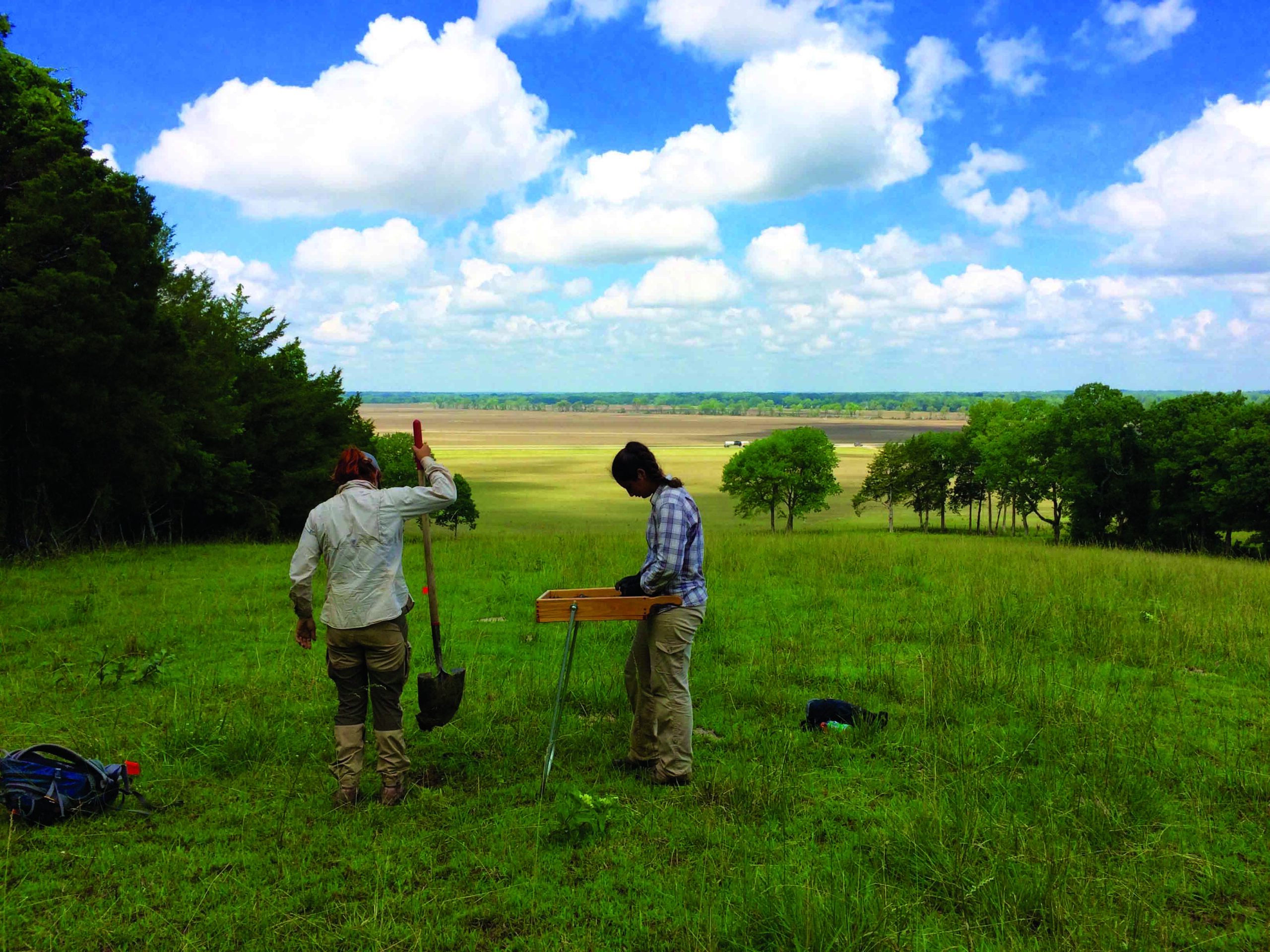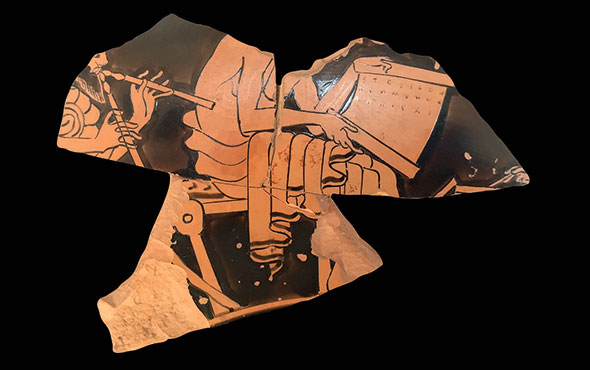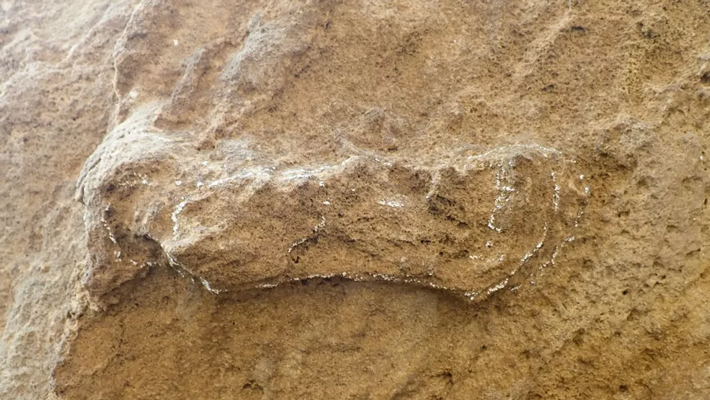
PORT ELIZABETH, SOUTH AFRICA—Live Science reports that a team of researchers led by Charles Helm of Nelson Mandela University used optically stimulated luminescence (OSL) to date seven sites in South Africa where hominins left marks in the soil. Four of the sites include hominin trackways, one features knee impressions, and four show other types of patterns left by humans. OSL dating of seven tracks in high cliffs at one of the sites, the Garden Route National Park track site, revealed that grains of quartz or feldspar in the soil were last exposed to sunlight some 153,000 years ago. These tracks are thought to have been made by modern humans, based on nearby artifacts and skeletal remains, which would make them the oldest known modern human footprints. Modern humans are thought to have emerged in Africa some 300,000 years ago. To read about the discovery of human footprints dating to more than 20,000 years ago in New Mexico, go to "Ghost Tracks of White Sands."


